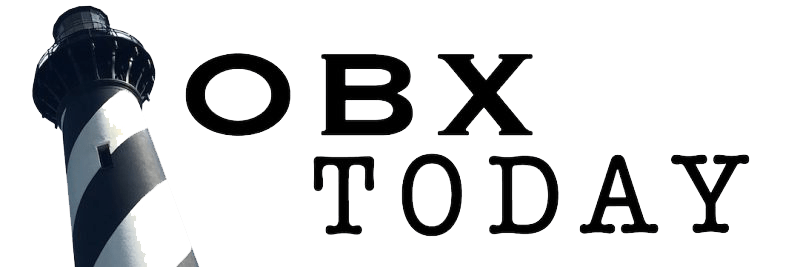
Local historian, author, and speaker, Keeper James Charlet, will be featured in an internationally-broadcast webinar on today at 1:00 p.m., to share the stories of the Black crews who served in the U.S. Life-Saving Service.
The webinar, entitled “North Carolina Life-Saving Stations Pictured in Black and White,” is being offered as part of the National Marine Sanctuaries webinar series, and is presented by NOAA’s Monitor National Marine Sanctuary and the North Carolina Office of State Archaeology.
The webinar is free and open to the public, and folks can register for the event online here. After registering, attendees will receive a confirmation email containing information about joining the Tuesday webinar.
The United States Life-Saving Service was the first successful American coastal service whose singular mission was land-based ocean rescue. It existed from 1871 until 1915, with over 300 Life-Saving Stations on America’s coastlines. During this 44-year history, the Surfmen of the U.S. Life-Saving Service responded to over 178,000 lives in peril, saving more than 177,000.
Most Americans have never even heard of the United States Life-Saving Service, and far fewer have heard of their integrated squads, known as “checkerboard crews.” Some have heard of the very first all-black crew – the Pea Island United States Life-Saving Service Station No. 17, Outer Banks, North Carolina, which formed just 20 years after the Civil War in the Deep South. The webinar will provide detailed insight into the Pea Island crew’s extraordinary story, and its legacy in maritime history.
To learn more about Monitor National Marine Sanctuary, visit https://monitor.noaa.gov. To access the sanctuaries’ archived webinar series to catch up on previous presentations, visit https://sanctuaries.noaa.gov/education/teachers/webinar-series-archives.html.

